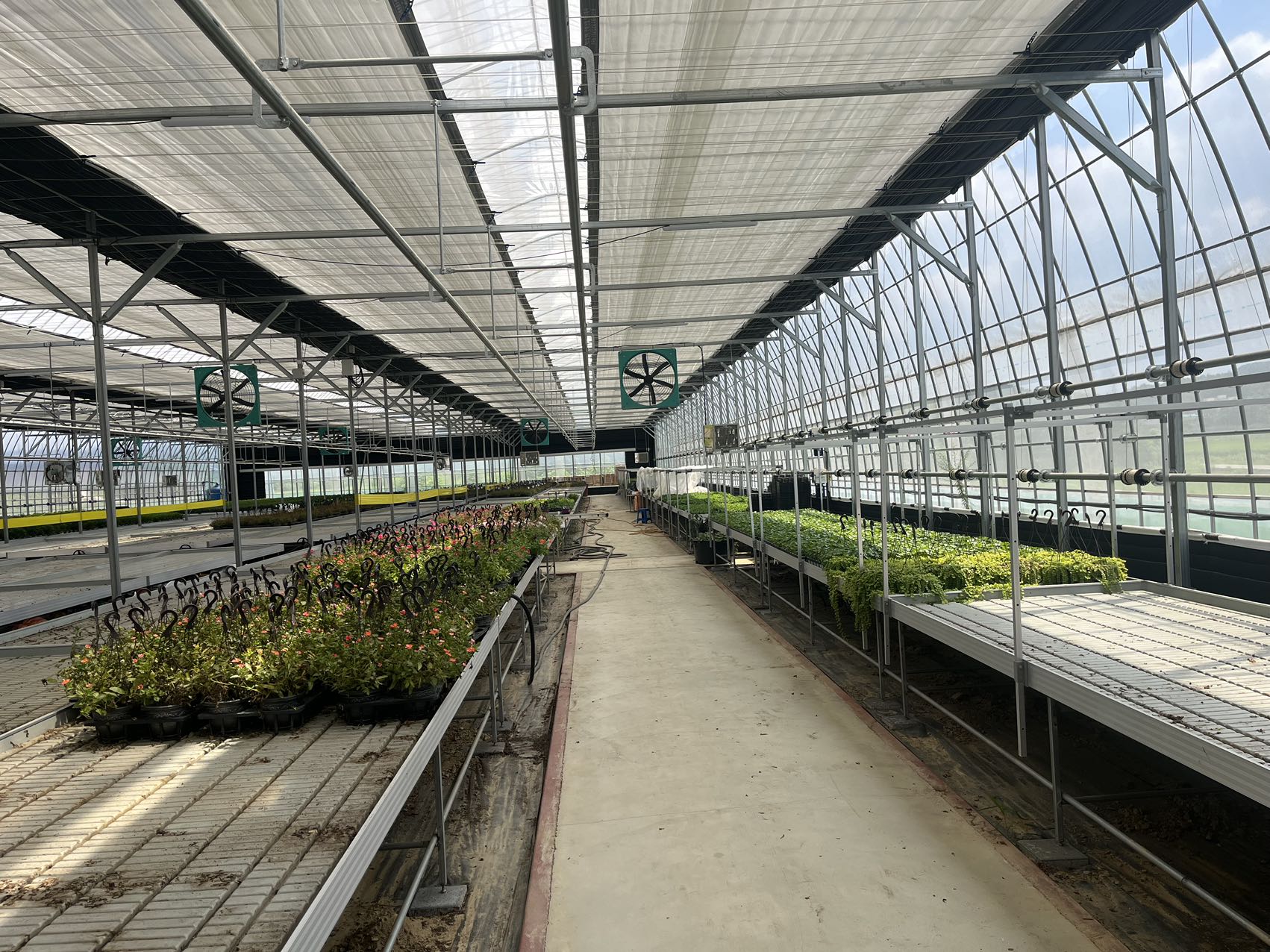The Future of Farming: Hydroponics and Sustainable Agriculture
Introduction
Hydroponics, the practice of growing plants without soil, is revolutionizing the way we think about agriculture. By using nutrient-rich water solutions, hydroponics allows plants to grow faster, use fewer resources, and thrive in environments where traditional farming is impossible. As the global population grows and arable land becomes scarce, hydroponics offers a sustainable solution to meet the world’s food demands.
How Hydroponics Works
In hydroponic systems, plants are grown in inert mediums like perlite, coconut coir, or clay pellets, which provide support while allowing roots to access oxygen and nutrients. Nutrient solutions are carefully balanced to deliver essential minerals directly to the roots, ensuring optimal growth. Common hydroponic systems include:
-
Deep Water Culture (DWC): Plants float on water with roots submerged in nutrient-rich solutions.
-
Nutrient Film Technique (NFT): A thin film of nutrient solution flows over the roots.
-
Ebb and Flow: Plants are periodically flooded with nutrient solutions and then drained.

Benefits of Hydroponics
-
Water Efficiency: Hydroponics uses up to 90% less water than traditional farming, as water is recirculated within the system.
-
Space Savings: Vertical hydroponic systems maximize space, making them ideal for urban farming.
-
Faster Growth: Plants grow 30-50% faster due to direct access to nutrients and oxygen.
-
Year-Round Production: Controlled environments allow for continuous growing cycles, regardless of weather conditions.
-
Reduced Pesticides: Soil-free systems minimize pests and diseases, reducing the need for chemical treatments.
Challenges and Solutions
While hydroponics offers many advantages, it also presents challenges such as high initial costs, technical expertise requirements, and energy consumption for lighting and climate control. However, advancements in technology, such as energy-efficient LED lights and automated monitoring systems, are making hydroponics more accessible and cost-effective.
Conclusion
Hydroponics is not just a farming method; it’s a movement toward sustainable agriculture. By reducing resource consumption, increasing yields, and enabling farming in urban areas, hydroponics has the potential to transform global food systems and ensure food security for future generations.